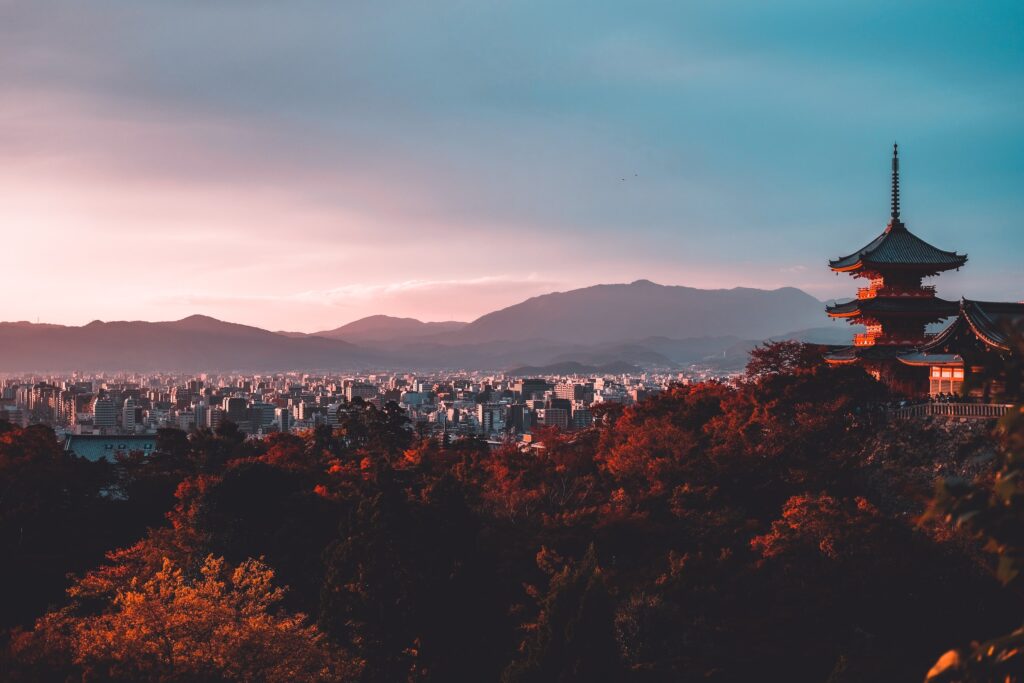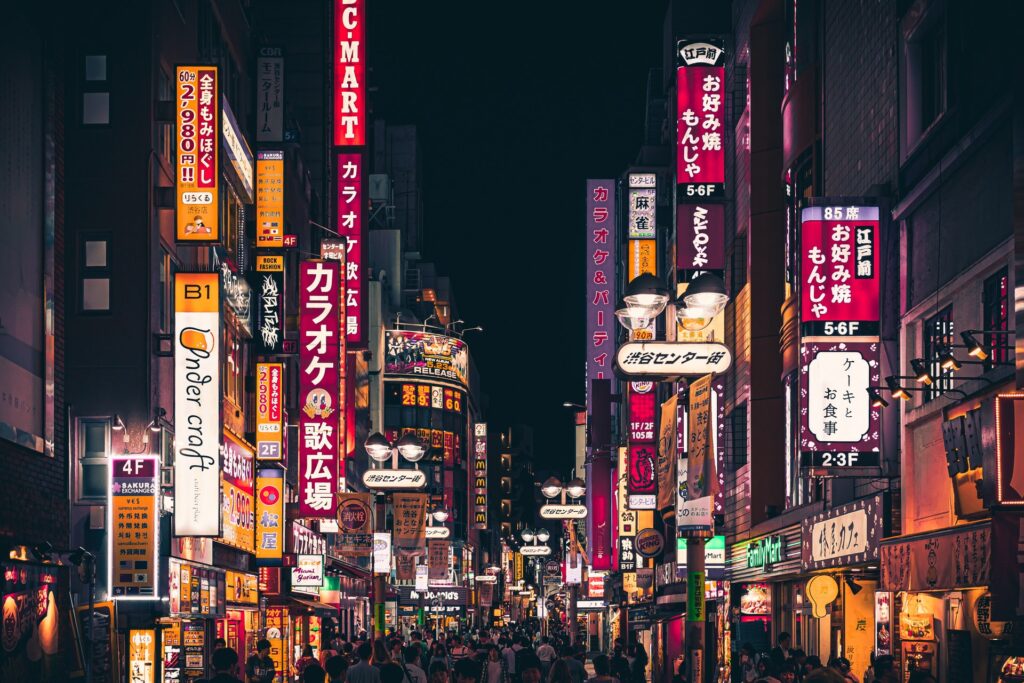The appeal of a bonsai tree
Plants have always provided benefits to relaxation and health, while often needing only minimal care to survive; the Japanese art of bonsai and specifically bonsai tree give the same benefits but require considerably more work. The added commitment that is necessary to care for a bonsai tree is part of the charm and thrill that makes them appealing — this is because Japanese bonsai is a form of art.
Much like other forms of creativity, bonsai allows you to create something unique, but it just so happens that this ‘unique thing’ is a living breathing organism. Growing and caring for your own bonsai tree over the course of potentially many years can be incredibly satisfying, as well as calming as you witness its growth. As the tree matures you become witness to a truly aesthetic piece of living art that you have developed yourself.
It’s for these reasons that it may be worth acquiring your own bonsai tree — or at least exploring this Japanese art form some more.
Quick selection
Japanese bonsai trees explained
Japanese bonsai trees explained
Bonsai literally means ‘potted plant’ with miniature trees being the majority of ‘plants’. There is sometimes a misconception that the trees that are planted are a special bonsai variety that allows them to grow into their small variation, when in actual fact they are exactly the same as their full-sized counterparts. The only difference is that the bonsai tree is shaped, pruned, and contained meticulously over many years instead of being allowed to grow traditionally unimpeded.
Speaking of which, bonsai can take a long time to develop; we’re talking decades rather than individual years here, although good growth can be visible in early years. However, if you take good care of a bonsai tree they can last a lifetime (or longer), an example is the world’s oldest bonsai is the Ficus bonsai tree which resides in Italy and is over 1000 years old! Another famous bonsai is a Japanese White Pine that survived the atomic bomb in Hiroshima.
Like many things in Japan, bonsai is a development from a practice in China known as penjing or penzai, but its evolution into the practice we see today began around the 14th century. Present day Japan sees bonsai continuing to be celebrated through numerous exhibitions, contests, and their cultivation by everyday people; one of the most well-known events is the annual kokufu exhibition held in Tokyo.

Bonsai tree appreciation
If you want to explore bonsai further for yourselves, getting started has become simple with its popularity spreading outside Japan; i’m not just talking about growing one yourself (although that’s certainly part of it) as there are many ways to get involved.
Events, displays, and exhibitions
You can appreciate Bonsai even if you have no green thumb whatsoever but still enjoy what they have to offer; this applies to many countries all over the world. Here in the UK we have a surprisingly active community of bonsai tree enthusiasts with annual shows and competitions. So if growing your own seems a little daunting or you just want to explore bonsai a bit further beforehand, here are a few places to visit to get a glimpse into the bonsai world.
There are permanent displays within botanical gardens such as:
Exhibitions such as:
This is alongside dedicated bonsai nurseries such as:
In all three of these categories, there are substantially more options than those listed with many smaller and local sites across the country. Listing them all would be a complete nightmare; fortunately there are some established bonsai tree related organizations in the UK that are a great resource to find out much more:
A personal bonsai tree
The best way of enjoying everything a bonsai tree has to offer is to undoubtedly be the proud owner of your own. There are a few options for those wishing to start: You can simply begin from scratch yourself through planting seeds giving you entire control over the whole process. You can purchase seedlings or trees that are already in early development giving you a bit of a head start. You can also buy bonsai trees that have already been well-developed with a typical appearance.
Whichever stage you begin at, will dictate how much work the tree will need but (as this is a form of art) it may also dictate how much you get out of it. In every case you’re going to need to care for your tree properly and give it a lot more attention than a standard plant;
As the owner of a bonsai tree you need to constantly consider and take part in a number of activities:
- Watering – A common task checking and maintaining correct water levels.
- Trimming – Cutting unnecessary or unwanted branches and foliage
- Placement – Regularly checking temperature and sun exposure and moving as required.
- Fertilization – Soil levels need to be monitored and replaced if it’s missing the required nutrients.
- Wiring/shaping – As a new tree, or when new branches grow, wiring them to bend them into new directions and shapes.
- Re-potting – Monitoring the size and development of your bonsai tree and re-potting as required.
Having to manage these aspects (and more) might put off some people, but to others successfully taking the time to do so is where owning a bonsai tree becomes invigorating and calming, and a deeper connection is possible.

Tips and resources
Lets not shy away from the fact that caring for a bonsai tree can be challenging. If you’re a reader that is now itching to try out bonsai yourselves, consider a few things before you begin. Things like:
- What type of tree you would like and its needs.
- How big of a tree would you like?
- Do you want an indoor or outdoor tree?
- The climate that you live in or have access to (greenhouses etc)
These are things that are incredibly important and not duly considering these beforehand are the main reasons why people fail at caring for a bonsai. Now it’s worth noting here that as much as I love bonsai personally, this blog post can’t cover everything in detail and the words and advice of experts may help further going forward.
For this reason I recommended visiting Bonsai Empire as they are a comprehensive site covering everything bonsai as well as a great Youtube channel for video guides.
Conclusion
Caring for a Japanese bonsai tree can be a truly fulfilling venture for those with the patience and dedication required; in some ways it could become a life decision if done properly. We’ve learnt that a bonsai tree is not the type of plant you can mostly leave to its own devices, in fact it is the constant attention and meticulous nurturing that makes bonsai so special and a source of satisfaction for many.
Nathan

